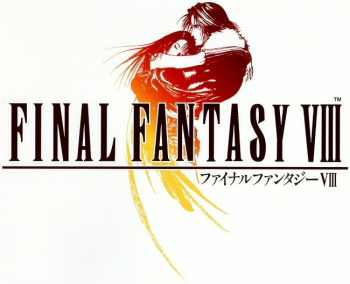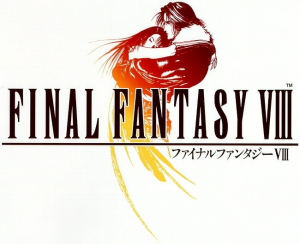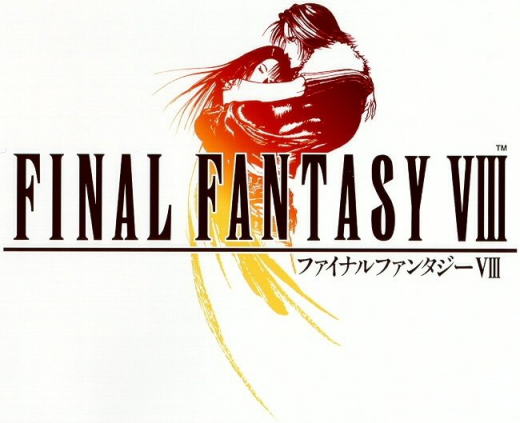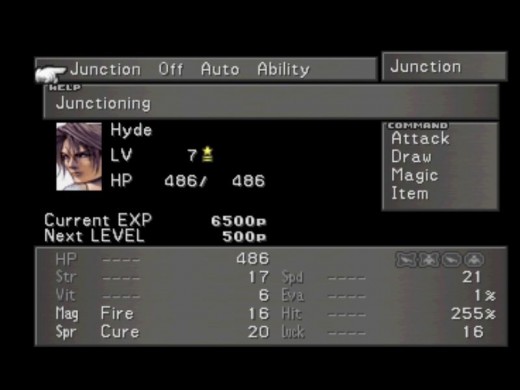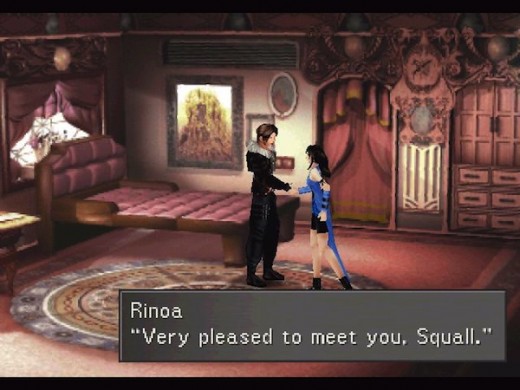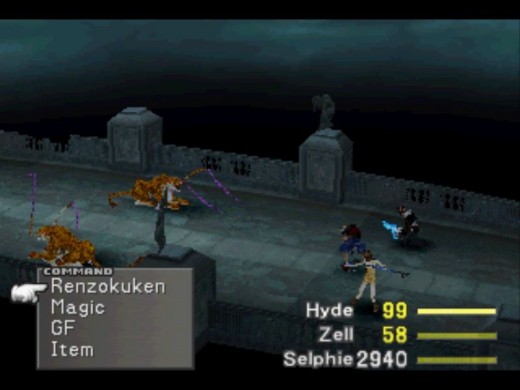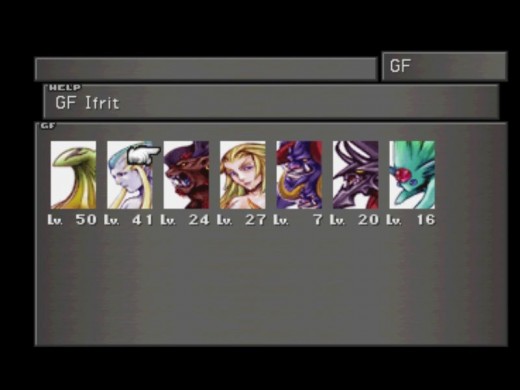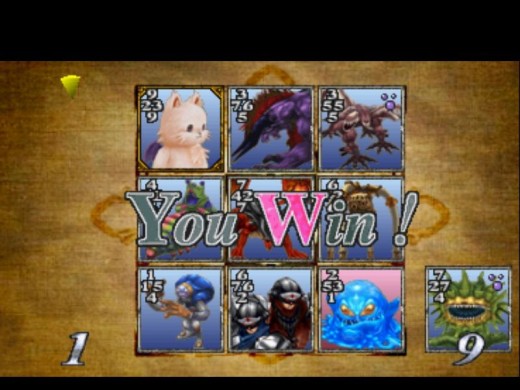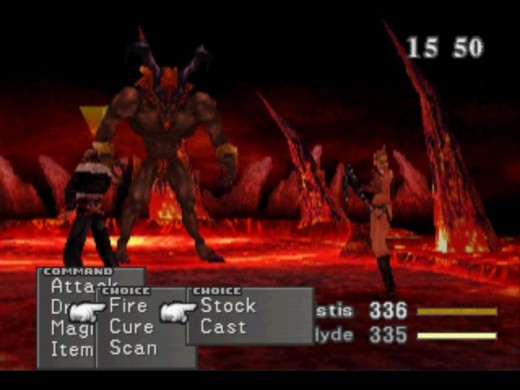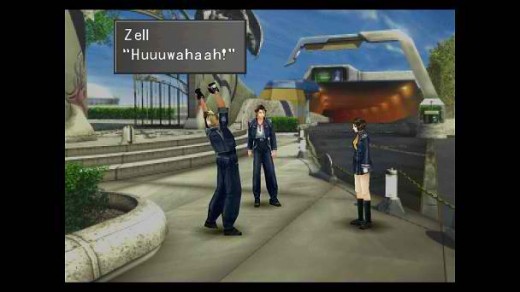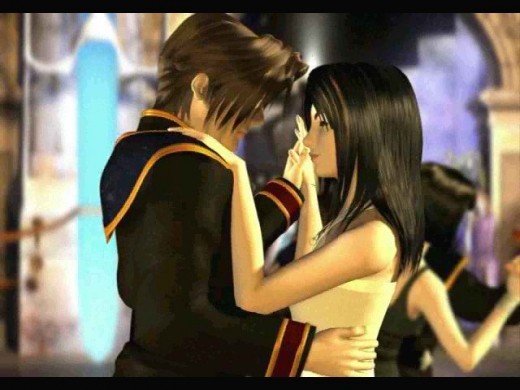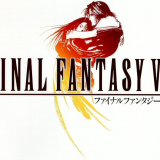
REVIEW: FINAL FANTASY VIII – Turn Back Time With a Turn-based Epic
Raves
Rants
Love it or hate it, Final Fantasy XV is undeniably a critical and commercial success. But Noctis, Gladiolus, Ignis, and Prompto are actually just coming up on the heels of four other pretty boys who are part of a role-playing game that was, up until recent years, the fastest-selling Final Fantasy game of all-time. […]
Love it or hate it, Final Fantasy XV is undeniably a critical and commercial success. But Noctis, Gladiolus, Ignis, and Prompto are actually just coming up on the heels of four other pretty boys who are part of a role-playing game that was, up until recent years, the fastest-selling Final Fantasy game of all-time. I’m talking about Squall, Seifer, Zell, and Irvine, and the game (that people also either love or hate) is Final Fantasy VIII. But how does the nearly 20-year old Final Fantasy VIII hold up in this age of hyper-realistic action-RPG fare?
STORY
You take on the role of Squall, a quiet, young SeeD mercenary out of Balamb GARDEN, thrust unwittingly into leading a quest to save the world during a seemingly routine mission for the Timber Owls, a small anti-Galbadia resistance group led by the flirty Rinoa. Through various twists and turns, Squall and his band of fellow teenage mercenaries, Quistis, Selphie, Zell, and Irvine, find themselves pitted against the powerful Sorceress manipulating the countries of the world into a war for her own mysterious ends. While their journey takes them from fiery caves deep within the earth to the blackness of space around the moon, the key to defeating this looming threat may lie within themselves: in the strange dreams these fated teenagers have been sharing of late, in the secrets held by each of their shadowy pasts, or even in the feelings Squall has been avoiding about Rinoa who in turn may have her eyes instead on the belligerent Seifer, self-appointed Knight to the Sorceress, and Squall’s longtime rival turned nemesis.
One of the hallmarks of the Final Fantasy series has been the compelling story that each title tells. Final Fantasy VIII is no exception to this. Just the plot itself makes this game one of the more sophisticated stories ever presented in a video game or any other medium at the time. After nearly twenty years, it still arguably is. In fact, you might find that the plot, as described above, would not be out of place with some of today’s crop of YA (Young Adult) literature.
But it doesn’t stop there.
This game also shines in its storytelling pace. In-game objectives tie very nicely to the plot, with major turning points and some of the more significant reveals coming in with a boss battle, a gorgeous full-motion video cutscene, or both. And although these “set pieces” are very generously distributed all throughout the game, they rarely distract from the experience or the narrative. (Side-note: one plot device/narrative technique somehow “unique” to multi-disc RPG of the era, which FFVIII also employs effectively is, you guessed it, that cliffhanger scene before you have to physically change discs. The anticipation of what happens next, heightened by the swapping of discs, just adds to the experience, and you could pretty much gauge how compelling a game’s story is by how quickly you want put that next disc in.)
GAMEPLAY
Like its predecessors, Final Fantasy VIII features turn-based battles where the order of turns is determined by Square’s proprietary “Active Time Battle” system: an ATB gauge next to a character’s name fills up based on that character’s Speed stat, and once the gauge is full, that character may take a turn in battle. Available actions or commands for a character are selected via the menu that appears during their turn. By default, all playable characters only come with the “Attack” command. All other commands become available through the game’s Junction system.
Unique to this game, the Junction system allows players freedom to customize their characters however they wish. This is how it works: summon monsters, or Guardian Forces (GF) as they are known in-game can be assigned, or “junctioned”, to a character, giving that character access to additional battle commands, like “Item”, “Magic”, “GF”, “Draw”, plus other commands and abilities specific to some GFs. Certain GFs also allow magic to be Junctioned to certain stats.
With the exception of a few high-level spells, magic takes a passive but powerful role in FFVIII. First, the game opted out of the traditional Magic Point system and instead treats magic much like an item where each character can “stock” up to 100 uses of any spell. Magic can be “drawn” from enemies in battle or from numerous “draw points” scattered all over the world of FFVIII using the “Draw” command, or must be “refined” from items via some GFs abilities. Second, and more importantly, players can junction stocked magic to a character’s stats to improve them: the more powerful the junctioned spell is and the more of it a character has, the bigger the stat gains. Characters can also be made immune to certain elemental magic and status ailments this way.
The Junction system is something of a drawback in the early stages of the game, however, as enemies only have low-level spells on them that could be drawn. And characters really need to have stocked 100 uses of a junctioned spell for it to have any significant effect on their stats. Which means an awful lot of time is spent in battle just drawing magic from enemies in these stages. Acquiring magic gets easier as the game progresses, though, when characters encounter tougher enemies and gain access to more powerful spells, GFs, and abilities, as players explore this massive world.
This system also renders defensive armors and accessories useless so there’s no way to equip them here. In the same manner, weapons cannot be purchased and equipped. The default weapons can only be upgraded using specific items at “junk shops”. Upgrading is particularly important to the main protagonist, Squall, as he can only perform his super-powerful Limit Break with a fully upgraded weapon.
Limit Breaks return in this game from the previous incarnation, but unlike in Final Fantasy VII, characters do not have a “Limit” gauge to fill. Instead, characters may execute their unique Limit Breaks when their Hit Points get critically low. Limit Breaks deal massive damage (or give powerful buffs, depending on the character and Limit type) which could easily turn the tide of battle, particularly against the tougher bosses in the game.
PERFORMANCE AND VISUALS
While light years away from consoles of the previous generation in terms of processing power, the PlayStation is still pretty limited in the number of polygons it could draw onscreen: approximately 360,000 per second (by comparison, the PS4 can easily handle 1.6 billion). Squaresoft (now Square Enix) worked around this limit by using pre-rendered bitmaps for the field map backgrounds, dedicating the polygon count all for the characters and other moveable assets drawn on-screen. They scaled characters to be “lifelike” and used blended maps (skins) over the 3D polygons to give them a “realistic” look, as opposed to nearly solid colors covering the polygons of the 3D sprites in FFVII. After the Junction system, this decision by Square was what drew the most criticism of the game from longtime fans of the series. Given the technological limits of the PlayStation, the resulting visuals were pretty impressive, critics notwithstanding.
But in all honesty, no matter how impressive these feats were, the visuals in FFVIII do not hold a candle to the hyper-realism that can be seen in the latest incarnation of Square’s flagship title. With the advent of the PC version though, savvy players all over the world have found numerous ways to upscale the game’s visuals, some to HD qualities. A cursory Google search reveals tons of mods for nearly every visual element in the game, including some for the default pre-rendered environment bitmaps which are notoriously ugly when upscaled to anything higher than 640×480. The mods make for interesting results, but they are still worlds away from the visuals in FFXV. (Side-note: The more, er, more unscrupulous ones using game rips of PSOne discs in a small console emulator for their PCs can also upscale the visuals by using extremely lightweight files called “custom shaders” which the emulator calculates and draws real-time, as opposed to mods which are in essence also pre-renders and take up more storage space. Although the resulting graphics are nowhere near as polished as with mods, these shaders give the game the look of an early PlayStation 2 title. Not bad for files that take less than 1MB of storage space on average.)
Another aspect that makes the Final Fantasy series the unofficial benchmark for JRPGs is its beautiful almost operatic music. The now venerable Nobuo Uematsu wrote perhaps his most memorable work for this game. From the instantly recognizable “Liberi Fatali” in the opening movie to the strings-and-brass powerhouse “Don’t Be Afraid” that elevates even the most mundane of battles to extraordinary feats of bravery, from the insanely catchy “Shuffle or Boogie” accompanying your card battles to the gorgeous ballad that is “Eyes On Me” which also happens to be the first vocal theme song of any Final Fantasy title, this game is an absolute joy to listen to.
VERDICT
The gameplay and the visuals may take some getting used to especially for anyone who only began playing action RPGs on seventh-generation consoles and is picking this game up for the first time. But once past that getting-to-know stage, anybody can enjoy this extremely rewarding game as the masterful storytelling makes it easy to invest emotionally in it.
Returning fans should feel right at home as soon as the opening movie starts. At least, I know I did.
This review was submitted by our contributor, Lex Reyes.

